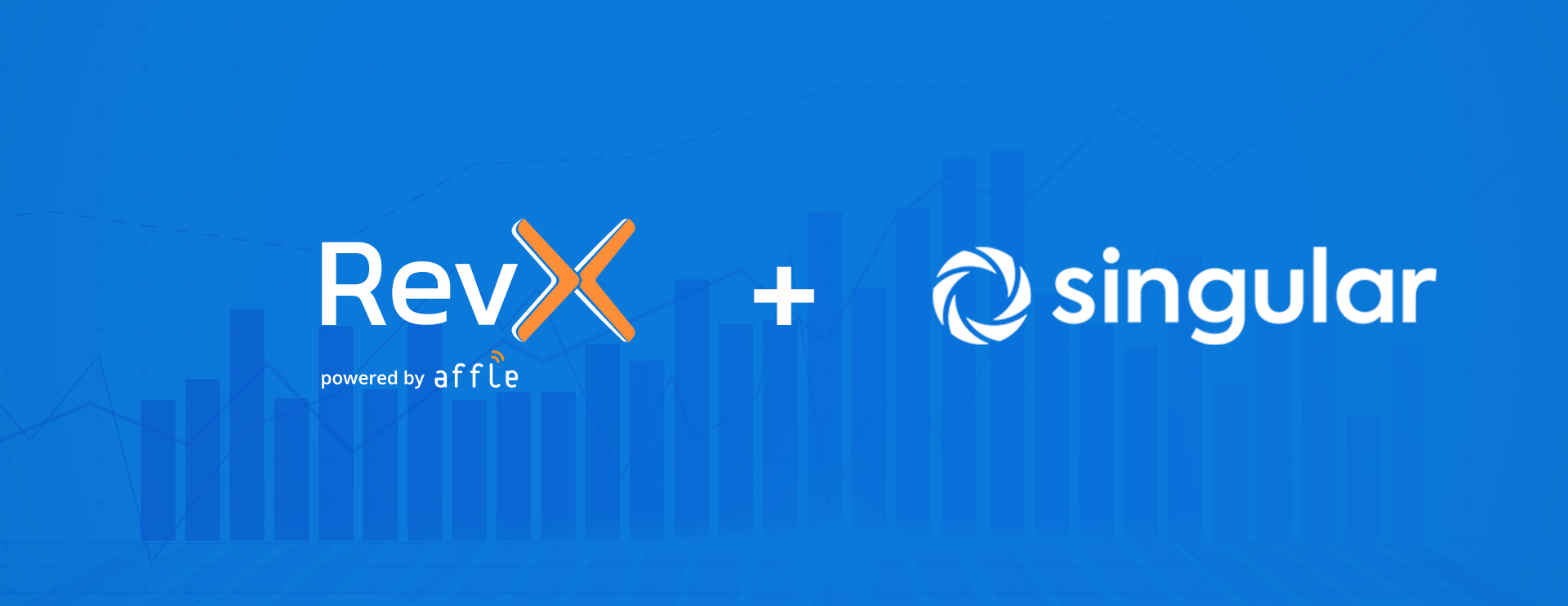Advertisers want it, AdTech companies strive for it, but the journey towards more clarity and openness is far from over. Inconsistent measurement, obscure metrics, and a general lack of supply chain visibility are some factors that stand between the advertiser and their campaign’s ROI. On the bright side, despite programmatic’s complexity, the industry shares a collective vision to achieve greater transparency and is well on its way.
This article discusses advertisers’ need for transparency and the best ways to navigate the advertising ecosystem.
Why do we need transparency in mobile advertising?
The world of mobile programmatic moves quickly and has numerous moving parts. At its core, it is about empowering advertisers and publishers through automation. But this kind of data-driven and automated advertising can only thrive when data is available freely and comprehensively.
From winning auction bids for the right inventory to measurement and attribution, there’s a string of technologies that need to work in tandem for campaigns to drive performance. Challenges around viewability, ad fraud, and attribution make the digital ad supply chain more convoluted. Add the new user privacy laws to that, and we are looking at a whole new puzzle.
Long story short, a system as nuanced as this is not devoid of inconsistencies and complexity. That’s why we need greater transparency in mobile programmatic; to paint the whole picture and give advertisers more control and confidence over their advertising efforts. A transparent marketplace expands insights and allows more tangible ROI measurement. And that’s extremely valuable for advertisers working with limited budgets and who must constantly prove ROI on the many channels they invest in.
What’s holding advertisers back?
Today, only 33 percent of advertisers say they can accurately demonstrate and report the financial return on their programmatic media spend (Media Math). But what is holding them back from demanding transparency?
The Incentive Issue
One of the reasons could lie in the way advertisers’ performance (UA Managers, Growth Specialists, etc.) is assessed. For example, when one’s KPI is solely focused on the number of paid installs, there remains very little incentive to investigate what happens beyond that. Brands would do well to incentivize advertisers to get to the roots of overall growth.
Superficial Reporting
Another potential issue is the enormous workload resulting in insufficient time for advertisers to dig deeper into metrics across channels. Especially when information is not readily available and management exercises pressure to deliver, it can be tempting – and sometimes simply inevitable – to go along with superficial reporting to “get things done and move on.” However, the quality of decisions and real vs. nominal growth might suffer.
The Ever-Evolving Landscape
Lastly, the influx of new technologies, changes in the advertising landscape, and the speed at which the digital industry evolves pose an educational challenge.
🔹 What kind and extent of transparency should I ask for, and which metrics matter for what?
🔹 What happens when a channel refuses to provide me with data? Do I have alternatives?
🔹 Lastly, is there a trade-off between scale and transparency which I must accept?
Or is such a compromise a channel sales story? And how can I master such a situation to achieve true growth?
Demanding transparency – What can an advertiser do?
In the complex digital advertising world, transparency continues to be a buzzword, a holy grail that’s hard to achieve. However, it should rather be a range of industry practices that confer more clarity and confidence to advertisers spending big brand bucks.
At its core, programmatic ad buying is about creating an equitable marketplace, a fair playing ground for all its players. While many issues challenge this marketplace, advertisers can certainly reap ROI by asking the right questions.
As a digital advertiser, here’s what you must know and ask of your programmatic partners:
1. Inventory Quality
Inventory transparency in a mobile environment will drive both scale and value for all players involved. For any campaign’s success, it is important that your programmatic partner fully understands and empowers you with brand-safe traffic supply sources. Make sure to get clarity on:
🔹 Whether the DSP (Demand-Side Platform) will provide not only click but also impression-level transparency?
🔹 How the DSP will assure brand safety?
🔹 What technology is leveraged for the same?
🔹 Whether the inventory is compliant with IAB’s ads.txt and other industry standards to prevent fraud?
2. Audience Relevancy
Along with seeking quality in inventory, it is imperative to pursue quality in content and audience. It is considered that an inventory is well-utilized as long as humans and not bots generate the traffic. However, advertisers need to be aware of other equally wasteful traffic sources. Be sure to consider the following:
🔹 Whether the DSP understands the intentionality of its audiences?
🔹 How is lookalike modeling done for user acquisition in a privacy-first world?
🔹 How is 1P audience segmentation done for retargeting campaigns?
3. Brand Safety
The sheer scale of programmatic makes it arduous for advertisers to monitor the various apps their ads end up on. But in an age where context is everything, brand safety takes utmost precedence. Achieve clarity on:
🔹 Whether the DSP is purchasing inventory from reputable SSPs?
🔹 How are unsafe and unsavory apps blacklisted?
🔹 Is the inventory buying in compliance with advertising standards such as TCF, and COPPA?
4. Data Privacy
In today’s privacy-led world, rightfully reaching out to your target audience is key to effective communication. It is critical to understand whether your DSP is compliant with pertinent privacy laws. Be mindful of the following:
🔹 How will the DSP secure my data?
🔹 Whether their data practices align with your brand’s guidelines?
🔹 How do they honor user data in the context of GDPR, CCPA, and other privacy laws?
5. Measurement and Attribution
Transparency into measurement and attribution is the moment of truth for any advertiser, and it arms you with clarity and helps you make intelligent decisions. While looking into measurement and attribution, be sure to consider:
🔹 How in-depth are the reporting and analytics options?
🔹 Is the DSP integrated with all major MMPs and SKAD?
🔹 How are Ad fraud patterns detected in the measurement/attribution stage to improve campaign performance subsequently?
🔹 Does the DSP support incrementality and A/B testing?
The Key Message
As they say, with great power comes great responsibility, and it could not be more accurate than in the case of programmatic advertising. It is high time advertisers recognize that it is both their responsibility and strength to demand transparency in the programmatic ecosystem. Taking action begins with awareness, and it is when advertisers ask the right questions that they contribute toward a more transparent ecosystem.
At the same time, it is also important to work with those programmatic partners who actively empower you to make intelligent decisions. For a long time now, advertisers have taken the back seat of the programmatic vehicle, and now is the time to get behind the wheel and market more clearly than ever before.
#yestotransparency series helps app marketers navigate the complex world of mobile advertising by taking control of their ad campaigns with more clarity and certainty.
See how RevX can support you in your journey toward transparency.



